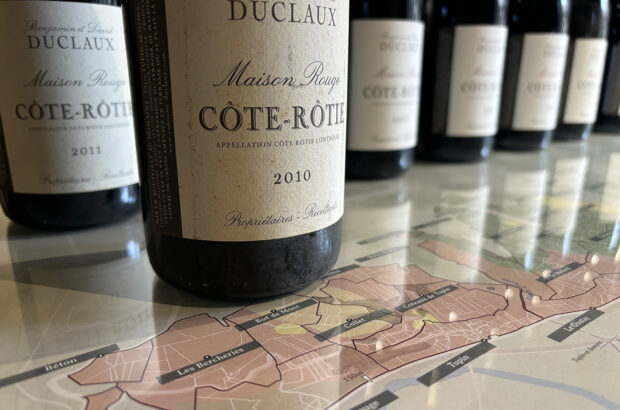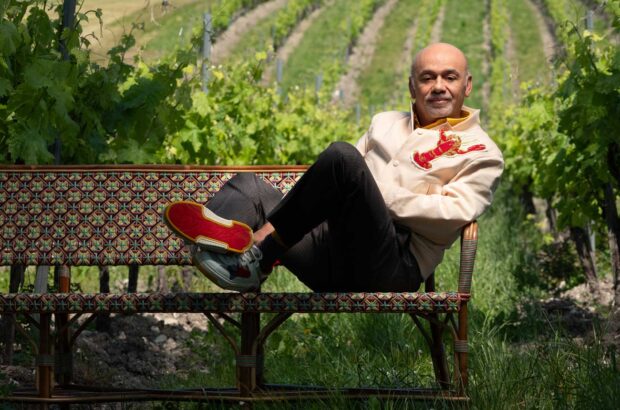Nothing about the 2023 Finger Lakes growing season had been normal.
Instead of showers, April brought a stretch of 26°C days full of sunshine, coaxing an early bud break for grapevines throughout the region. Farmers held their breath, hoping to avoid a devastating late-season frost, especially after 2022’s light crop thanks to winter cold and spring drought.
The region’s collective fears came alive overnight on 17 May, bringing record-breaking cold right as grapevines were at their most vulnerable.
It may take time for the full impact to be known, but early reports suggested the damage has varied by hectare, with loss ranging from zero for a lucky few to 100% for some.
Like many, Ryan William Vineyard saw a range of damage across its farm on the southeastern shore of Seneca Lake. ‘I haven’t seen a difference in varietals, but our blocks situated closer to the lake definitely fared better,’ said owner Ryan Bossert.
‘As it always is with these events, location, location, location,’ said Julia Hoyle, winemaker at Hosmer Winery. Hosmer’s Patrician Verona Vineyard sits less than a mile from Cayuga Lake’s western shores and hovered in the -1.6 to -1.2°C range with moderate loss, Hoyle noted.
Despite similar temperatures on Seneca’s westside, there were signs that some vines were at slightly higher risk of damage. ‘How the air settled just hit harder than over on Cayuga Lake,’ Hoyle explained. The higher elevations of Keuka Lake were even less forgiving. ‘I was speaking to a winemaker on Keuka Lake that had -4.6°C for six hours – ouch.’
At Hermann J. Wiemer, the damage was scattered throughout sites across the east and west sides of Seneca Lake. ‘Temperatures on the Wiemer and Magdalena site were hovering around -1.2 to -0.5°C starting midnight and then by 5:00 AM dropped to -2.7°C for an hour,’ explained co-owner Oskar Bynke. ‘This phenomenon happens as the sun is heating the top layer of the air, and then the cold air falls to the ground.’
Many growers spent a sleepless night fighting back – utilising wind machines and burning hay bales for warmth. ‘No matter how protected your site was, there seemed to be no escaping this one,’ said Bossert.
The impact is felt by New York agriculture as a whole. ‘It’s definitely a tough blow for the region and the consumers who support us year after year,’ said Bossert. ‘But for growers and strictly estate-grown wineries like ourselves, it’s especially devastating considering the backdrop of the light 2022 vintage.’
Despite the devastation, the region is cautiously optimistic. The ingenuity of vineyard managers and winemakers will be on display as the season progresses. Confident in their efforts at the beginning of the growing season, many are hopeful secondary budding will provide viable fruit for the 2023 vintage.
‘We were set up for a healthy crop,’ said Hoyle, who remains optimistic about the surviving vines. ‘Trying to make lemonade out of the situation,’ she added.







